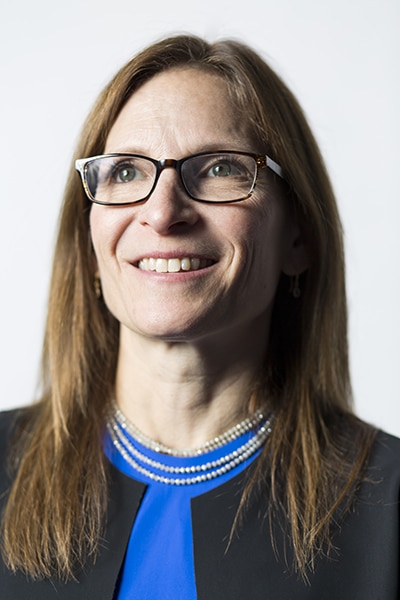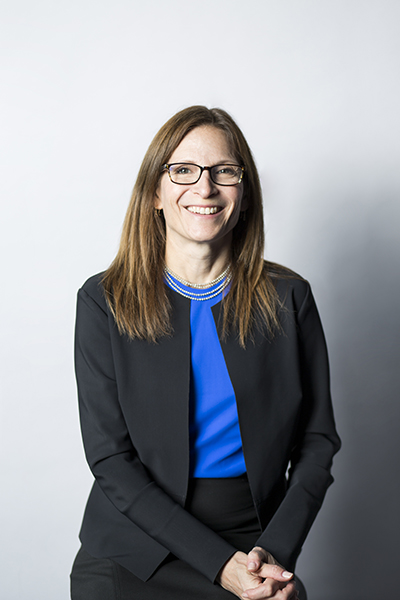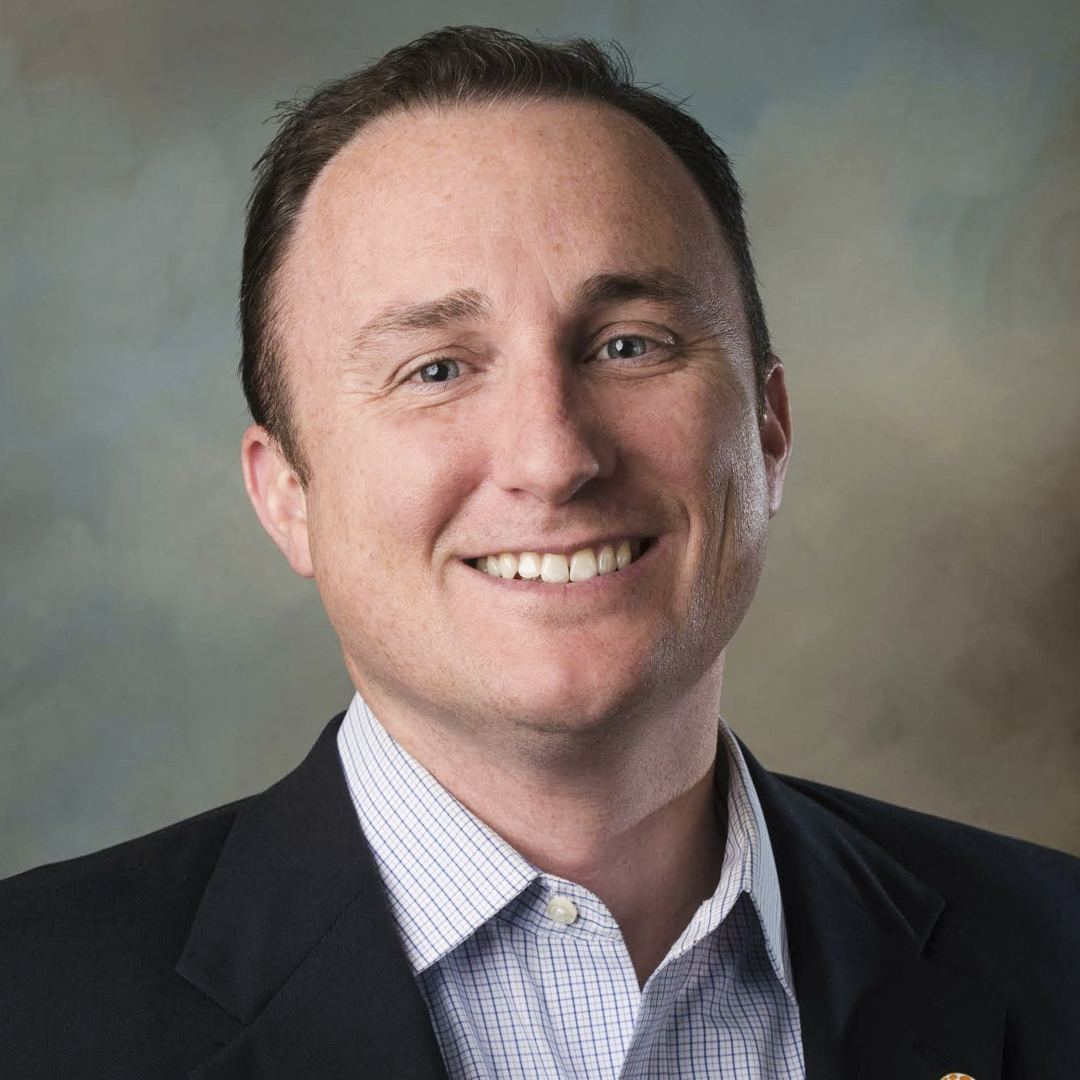It could have been easy for Nancy Sassower and the rest of her team at Northwestern Medicine to forget the big picture of Project One. But her team would never allow the sheer amount of day-to-day decision-making involved in implementing the new EMR system over nearly three years to overshadow one of the main priorities of this initiative: to improve the patient experience.
For the entirety of Project One’s implementation, Northwestern Medicine’s clinical coleader for informatics and internal medicine physician was instrumental in ensuring that patients’ interests were addressed and represented in the new system.

Sassower utilized a few different methods to fulfill that mission. First, she culled information from team members about their previous knowledge of the system and its pitfalls.
“We have all been patients too,” Sassower says. “My team could put ourselves in the shoes of both being the clinician using the old EMR system, as well as know how it affected us as patients by using our own experiences.”
On the clinical side, historically, the disparate EMR systems made it difficult for physicians in different regions to efficiently share patient information, which opened the possibility for delays in the delivery of health information. With one record throughout all regions, the efficiency and quality of care delivery would dramatically improve, Sassower says.
Although drawing from firsthand experience was helpful, it wasn’t enough to give Sassower and her team a complete picture of how they could improve information sharing for Northwestern Medicine’s patients. So, she and her team went straight to the source.
Engaging with the Northwestern Medicine Patient Family Advisory Council, Sassower and her team gained critical information and feedback from patients about the current state of communication and health information sharing at the health system.
They learned that patients who received care in multiple regions found it hard to maintain different sets of login credentials. As a result, Sassower’s team designed a more user-friendly patient portal with improved registration and login procedures, proxy access, better webpage design and language, easier access to patient information, appointment scheduling, and more, she says. The medical record belongs to the patient, Sassower says, and Northwestern’s goal is to be as transparent as the electronic system will allow.

Sassower and her team also led the Physician Advisory Group (PAG) for Project One. The group consisted of fifty physicians from the organization’s various regions. Members of this group worked together to share insights on creating an efficient and patients-first electronic record that provides consistency across the organization. With every decision made, patients remained a top priority, Sassower says.
“When I stop and think about one of our biggest successes, the value of the PAG is at the top,” she says. “The unmeasurable benefit of sharing regional cultures will grow the roots to our success today and in the future.”
Sassower and the entire informatics team are helping to ensure the ongoing success of Project One by contributing to the newly formed Northwestern System Clinical Collaboratives. The collaboratives span all clinical departments and consist of both clinical and operational representatives from each region.
“We want to be as consistent as possible in our care delivery and quality,” Sassower says. “The informatics team is dedicated to being an integral part in supporting the collaboratives.” As Sassower and her team begin to see the fruits of the system clinical collaboratives’ labor, she emphasizes that she and the informatics team will continue to help these teams improve the patient experience
throughout Northwestern Medicine.
“We’re honored to be a part of the system clinical collaboratives,” Sassower says. “It is definitely a high-power impact group. This is our future together, and we will work in tandem to accomplish our mission to serve patients first.”

